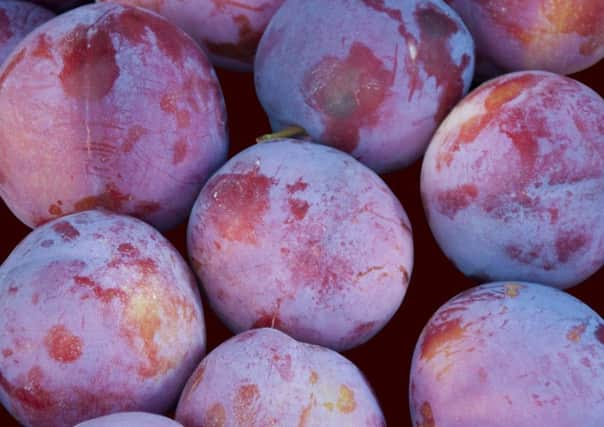Country & Coast: Unexpected plum find of nature alongside busy road


A mile back down the hill I pulled into a lay-by, waited for a safe gap in the near-constant stream of traffic, and crossed over to where the embankment was lined with random shrubbery that had taken root since this part of the road was widened. And there they were: a couple of trees perhaps 20ft high with their branches bent under the weight of wild plums.
Wild plum is actually a generic name for any Prunus domestica found growing in the countryside, most of them sown by the process of birds finding the fruits in gardens, carrying them away to eat and leaving the stones on the ground. Or they grew from the detritus of picnics.
Advertisement
Hide AdAdvertisement
Hide AdI am reasonably confident that the A655 plums were mirabelle plums, (Prunus domestica subspecies syriaca). They are not much bigger than cherries, have smooth skins, and grow as both yellow and reddish-purple fruits. The best known area for their cultivation is the French region of Lorraine, where the fruits are sold as Mirabelle de Lorraine and have been awarded a Protected Geographical Indication. In Yorkshire, Wensleydale cheese also carries this status.
In the wild they are well distributed across Europe from Poland to Spain, but in England they are said to be quite rare. In fact, there are just isolated records of them growing in Suffolk, Lincolnshire, Northamptonshire, Nottinghamshire and Liverpool.
So how did they come to be growing in Yorkshire?
It would be wonderful if they were genuine relics from cottage gardens of many centuries past, as is sometimes the case with other wild plums in the UK, but you do not need to be Sherlock Holmes to conclude that the roadside location of these mirabelles suggests they grew from stones ejected from car windows.
Some species of wild plum are more widespread in the British countryside. Damsons (Prunus insititia) are the best known and may be found in very old hedgerows. They are dark purple and can grow to the size of walnuts.
Advertisement
Hide AdAdvertisement
Hide AdThen there are cherry plums (Prunus cerasifera), which grow in the wild across much of south-eastern Europe and were introduced to our hedgerows back when Victorian landowners were fond of bringing cuttings home from their holidays.
The other wild plum found here is bullace, a strain of damson which varies in colour between yellow, green and black. In some parts of England they grow on what locals call “bully trees”.
Needless to say, after discovering the roadside mirabelles I did not just drive away. I collected as many ripe fruits as I could.
Some of them were eaten on the spot, their stones liberally distributed in the hope that new trees might grow, but most of them were taken home and made into jam.